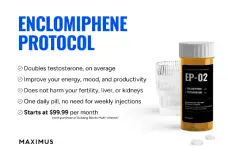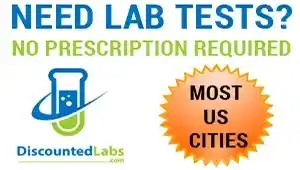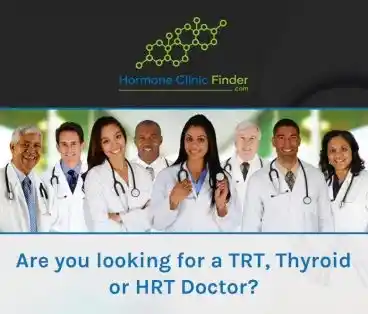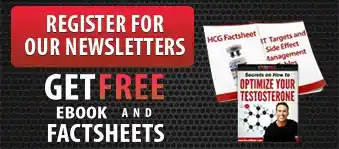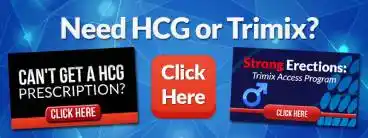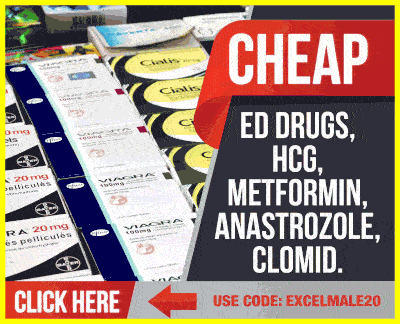madman
Super Moderator
Abstract
Introduction
Misconceptions about testosterone therapy are prevalent and there is an unmet need for a review of current literature that can be leveraged by physicians to deliver safe and effective care for men with hypogonadism.
Objectives
This review aims to address common misconceptions about testosterone therapy using current literature and synthesize practical guidance for clinicians with patients who are starting testosterone therapy.
Methods
A literature search of PubMed, Embase, CINAHL was carried out to identify associations between testosterone therapy and prostate cancer, cardiovascular risk, and hepatic toxicity; definitions of hypogonadism; and practical guidance for clinician with patients starting testosterone therapy.
Results
There is no evidence to support the misconception that testosterone therapy leads to or promotes progression of prostate cancer, no evidence that testosterone therapy increases cardiovascular risk, no evidence that newer oral testosterone therapy formulations (eg, testosterone undecanoate) are associated with hepatic toxicity, and no consistent definition of hypogonadism among regulatory agencies and expert bodies. Clinicians should diagnose hypogonadism using testosterone concentrations and/or symptoms of testosterone deficiency, help patients select a testosterone therapy formulation that best fits their needs and preferences (including considerations for dose adjustment), ensure appropriate laboratory monitoring before and during treatment, and assess how patients are feeling during treatment.
Conclusions
Testosterone therapy is not associated with increased prostate cancer or increased cardiovascular risk, newer oral testosterone therapy formulations are not associated with hepatic toxicity, and a strict definition of hypogonadism is difficult because patient individualization is required. Each patient in real-world clinical practices has unique baseline characteristics and will likely respond differently to testosterone therapy. As the primary goal of testosterone therapy is to provide relief from symptoms of hypogonadism, physicians should work with their male patients to create a comprehensive treatment plan that suits the patient’s specific needs and preferences.
Conclusions
1) Testosterone Therapy: Common Misperceptions Versus Evidence and Guidelines (Table 2)
• TTh Causes PCa: No, there is no evidence that TTh leads to or promotes PCa progression
• TTh Increases CV Risk: No, in fact TTh may potentially improve CV health
• All Oral TThs Are Associated with Hepatic Toxicity: No, unlike older formulations, newer oral TThs (eg,testosterone undecanoate) have unique delivery systems that avoid first-pass metabolism in the liver and therefore prevent hepatic toxicity
• Hypogonadism Is Simply Defined as T Level: No, there is no consistent definition of hypogonadism among regulatory agencies and expert bodies, anda quantitative definition of hypogonadism is difficult, with patient individualization required. Each patient in real-world clinical practices has unique baseline characteristics and will likely respond differently to TTh
• Non-Prescription T Boosting Supplements Are Safe and Effective: Likely not, there is not enough evidence to support the efficacy or safety of T boosting supplements
2) Practical Guidance for HCPs (Table 3)
• Before Starting TTh:
a) Confirm the diagnosis of hypogonadism using T concentrations and/or symptoms of T deficiency (eg, fatigue, insomnia, decreased libido, mood changes, erectile dysfunction)
b) Rule out contraindications for TTh (eg, severe untreated sleep apnea)
c) Consider the patient’s baseline cardiovascular risk and ensure blood pressure is adequately controlled
• Treatment Selection:
a) Shorter-acting TTh formulations (eg, oral) maybe preferred over long-acting depot formulations as clinicians can quickly discontinue therapy should an adverse event develop
b) Oral, transdermal, and pellet TTh formulationsavoid clinic visits to receive injections and self injections
• Monitoring During Treatment (Table 4):
a) Check the following laboratory parameters at baseline: total and free T, LH, hemoglobin/hematocrit, SHBG, estradiol, PSA, lipid profiles, and glucose. Check the following laboratory parameters at 3 and 6 months then annually after starting TTh: total/free T, hemoglobin/hematocrit, PSA, and lipid profiles
b) Ask how patients are feeling, as symptom relief is the primary goal of TTh
c) In general, patient responses should be assessed at two to three months after starting TTh, then annually
d) Clinicians should also be aware of unique adverse events for specific products, for example, serious pulmonary oil micro-embolisms or anaphylaxis for AVEED
Introduction
Misconceptions about testosterone therapy are prevalent and there is an unmet need for a review of current literature that can be leveraged by physicians to deliver safe and effective care for men with hypogonadism.
Objectives
This review aims to address common misconceptions about testosterone therapy using current literature and synthesize practical guidance for clinicians with patients who are starting testosterone therapy.
Methods
A literature search of PubMed, Embase, CINAHL was carried out to identify associations between testosterone therapy and prostate cancer, cardiovascular risk, and hepatic toxicity; definitions of hypogonadism; and practical guidance for clinician with patients starting testosterone therapy.
Results
There is no evidence to support the misconception that testosterone therapy leads to or promotes progression of prostate cancer, no evidence that testosterone therapy increases cardiovascular risk, no evidence that newer oral testosterone therapy formulations (eg, testosterone undecanoate) are associated with hepatic toxicity, and no consistent definition of hypogonadism among regulatory agencies and expert bodies. Clinicians should diagnose hypogonadism using testosterone concentrations and/or symptoms of testosterone deficiency, help patients select a testosterone therapy formulation that best fits their needs and preferences (including considerations for dose adjustment), ensure appropriate laboratory monitoring before and during treatment, and assess how patients are feeling during treatment.
Conclusions
Testosterone therapy is not associated with increased prostate cancer or increased cardiovascular risk, newer oral testosterone therapy formulations are not associated with hepatic toxicity, and a strict definition of hypogonadism is difficult because patient individualization is required. Each patient in real-world clinical practices has unique baseline characteristics and will likely respond differently to testosterone therapy. As the primary goal of testosterone therapy is to provide relief from symptoms of hypogonadism, physicians should work with their male patients to create a comprehensive treatment plan that suits the patient’s specific needs and preferences.
Conclusions
1) Testosterone Therapy: Common Misperceptions Versus Evidence and Guidelines (Table 2)
• TTh Causes PCa: No, there is no evidence that TTh leads to or promotes PCa progression
• TTh Increases CV Risk: No, in fact TTh may potentially improve CV health
• All Oral TThs Are Associated with Hepatic Toxicity: No, unlike older formulations, newer oral TThs (eg,testosterone undecanoate) have unique delivery systems that avoid first-pass metabolism in the liver and therefore prevent hepatic toxicity
• Hypogonadism Is Simply Defined as T Level: No, there is no consistent definition of hypogonadism among regulatory agencies and expert bodies, anda quantitative definition of hypogonadism is difficult, with patient individualization required. Each patient in real-world clinical practices has unique baseline characteristics and will likely respond differently to TTh
• Non-Prescription T Boosting Supplements Are Safe and Effective: Likely not, there is not enough evidence to support the efficacy or safety of T boosting supplements
2) Practical Guidance for HCPs (Table 3)
• Before Starting TTh:
a) Confirm the diagnosis of hypogonadism using T concentrations and/or symptoms of T deficiency (eg, fatigue, insomnia, decreased libido, mood changes, erectile dysfunction)
b) Rule out contraindications for TTh (eg, severe untreated sleep apnea)
c) Consider the patient’s baseline cardiovascular risk and ensure blood pressure is adequately controlled
• Treatment Selection:
a) Shorter-acting TTh formulations (eg, oral) maybe preferred over long-acting depot formulations as clinicians can quickly discontinue therapy should an adverse event develop
b) Oral, transdermal, and pellet TTh formulationsavoid clinic visits to receive injections and self injections
• Monitoring During Treatment (Table 4):
a) Check the following laboratory parameters at baseline: total and free T, LH, hemoglobin/hematocrit, SHBG, estradiol, PSA, lipid profiles, and glucose. Check the following laboratory parameters at 3 and 6 months then annually after starting TTh: total/free T, hemoglobin/hematocrit, PSA, and lipid profiles
b) Ask how patients are feeling, as symptom relief is the primary goal of TTh
c) In general, patient responses should be assessed at two to three months after starting TTh, then annually
d) Clinicians should also be aware of unique adverse events for specific products, for example, serious pulmonary oil micro-embolisms or anaphylaxis for AVEED







